| The American Plate Number Single Society | ||
|
HOME
MEMBERSHIP
PUBLICATIONS
LINKS
|
1922 Flat Plate Imperforate issues Continuing a practice that began with the 1902-03 series, the Post Office provided imperforate sheet stamps to coil manufacturers.
Scott 575 var, 1¢ Franklin, coil leader with Schermack Type III private perforations, plate number 14158
Scott 575 var, 1¢ Franklin, Schermack Type III private perforations from pane before slicing into coil strips, plate number F14159
Scott 577 var, 2¢ Washington, Schermack Type III private perforations from pane before slicing into coil strips, plate numbers 14180, F14197
Some collectors consider the 2¢ Harding as part of, or at least very closely associated with, the Fourth Bureau Series due to the design similarities and the fact that the identical portrait was used for the 1-1/2¢ denomination soon afterward. For a special study of the 2¢ Harding varieties, check out the Harding page.
1922 Coil issues The Post Office also issued its own coil stamps. The plate numbers were trimmed away during the printing and coiling process. Occasionally, the cutting process was sufficiently off-center that some portion of the plate number is still visible. Rotary Press Horizontal Coil issues (perf. 10 vertically)
Scott 599, 2¢ Washinton Type I, plate numbers 19833, 19910, 20001, 20349, 20785
Rotary Press Endwise or Vertical Coil issues (perf. 10 horizontally)
Clues:
1923-26 Regular issue - rotary press coil waste Stamps left over from the printing of 1¢ and 2¢ coils were perforated on the remaining two sides and sold to the public.
No plate number example is known of Scott 594, the 1¢ perf 11 coil waste issue.
1927 Imperforate Harding (rotary press) The post office issued imperforate stamps for vending machine companies. These companies pasted them together in strips and privately perforated them (such as Schermack type III, with the oblongs), thus making coil rolls. The coils were then used to affix the stamps by machine to business mail. When one company ran out of the imperforate flat plate 1-1/2¢ Hardings (Scott 576) and requested more, the post office, which by then was no longer printing flat plate stamps, sent imperforate rotary press stamps from two plates instead, seeing no difference. The rotary stamps were in smaller sheets, doubling the cutting and pasting work for the private company, but the gutters on the rotary press sheets threw off the perforations. At around the same time, Pitney-Bowes was authorized to use meters. The combination of problems and the new competition ruined the private vending and affixing industry, and imperforate stamps have not been intentionally issued since except for the Farleys, occasional souvenir sheets, and the "die cutting omitted" experiment with press sheets since the early 2000's. Background information courtesy of Lawrence H. Cohen
Scott 631, 1-1/2¢, plate numbers 18360 and 18413
1928 "Molly Pitcher" overprint In an effort to save money in designing and engraving, in a couple of instances the post office decided to overprint the common 2¢ and 5¢ definitives, Scott 634 and 637, to provide a quick "commemorative" stamp. The "Molly Pitcher" stamp was supposed to commemorate the 150th anniversary of the 1778 Revolutionary battle of Monmouth, New Jersey.
1928 Hawaii overprints The "Hawaii" overprints commemorate the 150th anniversary of the 1778 European discovery of Hawaii by Captain Cook. Britain's Union Jack is part of the Hawaii state flag in commemoration of this event.
Image courtesy of Bill Langs
1928 Canal Zone overprints Denominations from 1/2¢ to $1.00 were overprinted for use in the Canal Zone. Two overprint types were used on flat plate issues, plus a handful of rotary press issues. See examples at the Canal Zone page. 1929 Kansas-Nebraska overprints Denominations from 1¢ to 10¢ were overprinted for use in two states which had experienced a lot of postal robberies. The idea was to make the stolen stamps harder to re-sell in other states. It was not successful, and was not expanded to additional states. Despite the overprints, the stamps were valid for mailings throughout the United States. See examples at the Kansas-Nebraska page.
Comments? Suggestions? Email the
Webmaster:
This page last updated January 10, 2024.
|
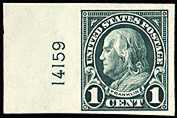 Scott
575, 1¢ Franklin, plate number
14159
Scott
575, 1¢ Franklin, plate number
14159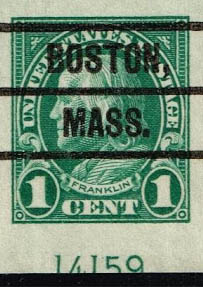 Scott
575 var, 1¢ Franklin, Bureau precancel, plate number
14159
Scott
575 var, 1¢ Franklin, Bureau precancel, plate number
14159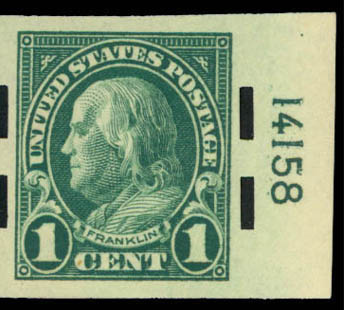
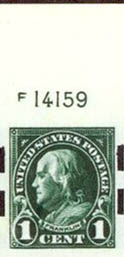
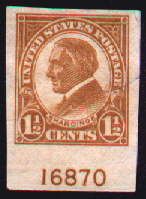 Scott
576, 1-1/2¢ Harding profile, plate number
16870
Scott
576, 1-1/2¢ Harding profile, plate number
16870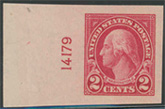 Scott
577, 2¢, plate number
14179
Scott
577, 2¢, plate number
14179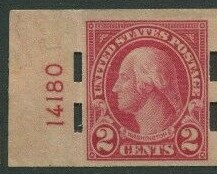
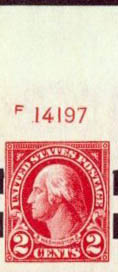
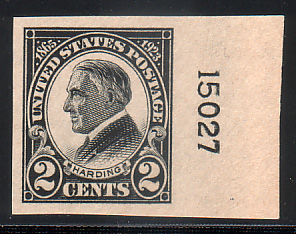 Scott
611, 2¢ Harding, plate number
15027
Scott
611, 2¢ Harding, plate number
15027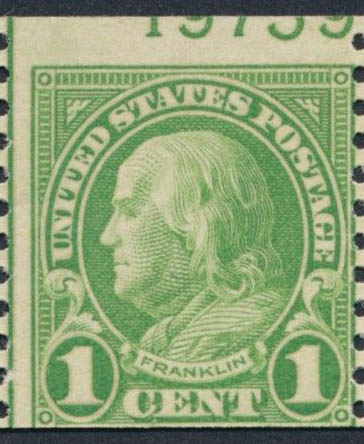 Scott
597, 1¢ Franklin,
plate
number 19759
Scott
597, 1¢ Franklin,
plate
number 19759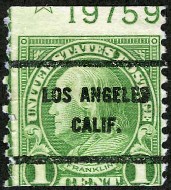 Scott
597 var, 1¢ Bureau precancel,
plate
number 19759 (with star)
Scott
597 var, 1¢ Bureau precancel,
plate
number 19759 (with star)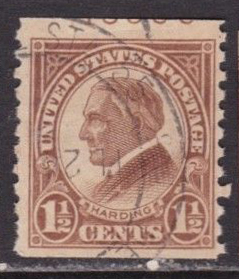 Scott
598, 1-1/2¢ Harding (profile), plate
number 16909
Scott
598, 1-1/2¢ Harding (profile), plate
number 16909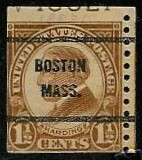 Scott
598 var, 1-1/2¢ Harding (profile)
precancel,
plate
number 18821
Scott
598 var, 1-1/2¢ Harding (profile)
precancel,
plate
number 18821
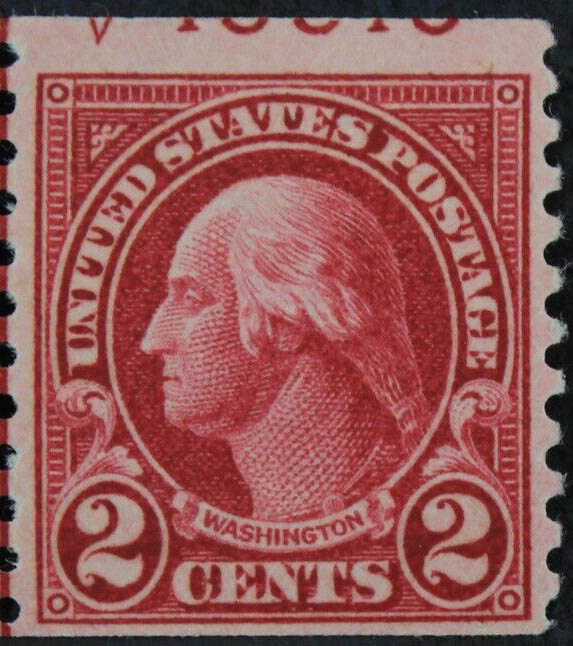
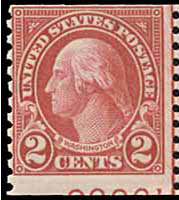
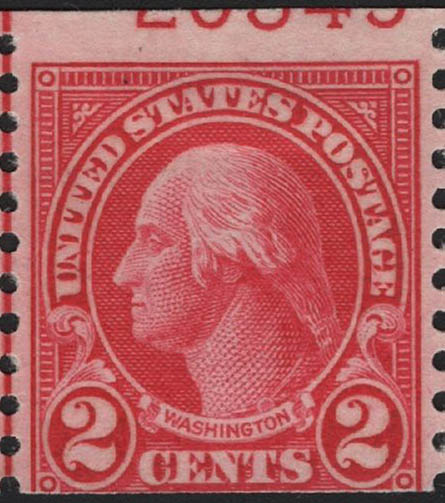
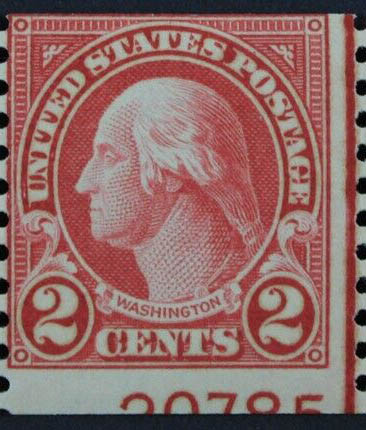
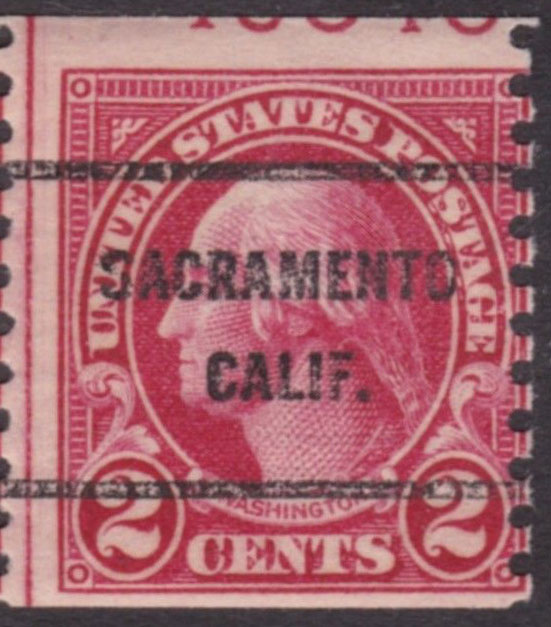 Scott
599 var, 2¢ Washington Type I, Bureau precancel, plate number 18040
Scott
599 var, 2¢ Washington Type I, Bureau precancel, plate number 18040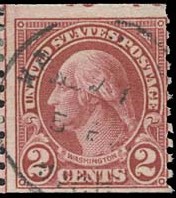 Scott
599A, 2¢ Washington Type
II, plate
number 19749
Scott
599A, 2¢ Washington Type
II, plate
number 19749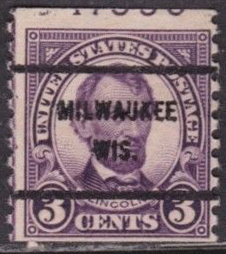 Scott
600 var, 3¢ Bureau precancel, plate
number 17909
Scott
600 var, 3¢ Bureau precancel, plate
number 17909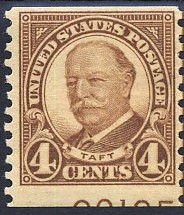 Scott
687, 4¢ Taft,
plate
number 20135
Scott
687, 4¢ Taft,
plate
number 20135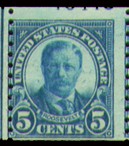 Scott
602, 5¢ Teddy Roosevelt,
plate
number 16443
Scott
602, 5¢ Teddy Roosevelt,
plate
number 16443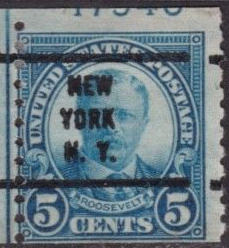 Scott
602 var, 5¢ Bureau precancel, plate
number 17946
Scott
602 var, 5¢ Bureau precancel, plate
number 17946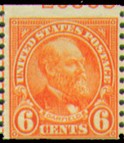 Scott
723, 6¢ Garfield, plate
number 20968
Scott
723, 6¢ Garfield, plate
number 20968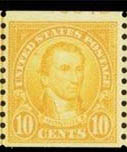 Scott
603, 10¢ Monroe, plate
number 16340
Scott
603, 10¢ Monroe, plate
number 16340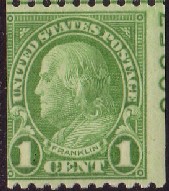 Scott
604, 1¢,
plate
number 20357
Scott
604, 1¢,
plate
number 20357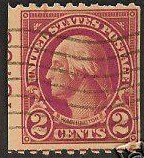 Scott
606, 2¢, plate
number 19153
Scott
606, 2¢, plate
number 19153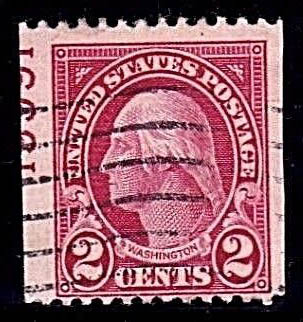 Scott
606 fake coil, 2¢, plate
number 19991
Scott
606 fake coil, 2¢, plate
number 19991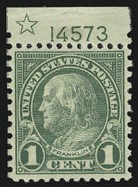 Scott
578, 1¢, perf. 11 x 10, plate number 14573
Scott
578, 1¢, perf. 11 x 10, plate number 14573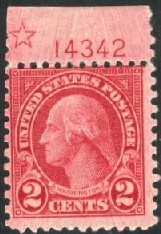 Scott
579, 2¢, perf. 11 x 10, plate number 14342
Scott
579, 2¢, perf. 11 x 10, plate number 14342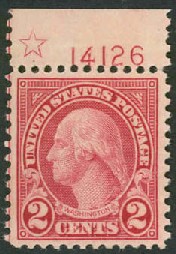 Scott
595, 2¢, perf. 11, plate number 14126
Scott
595, 2¢, perf. 11, plate number 14126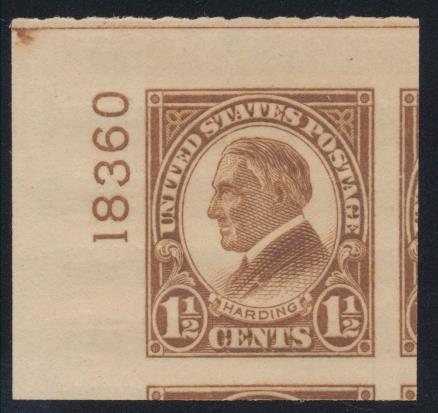
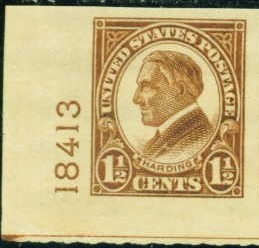
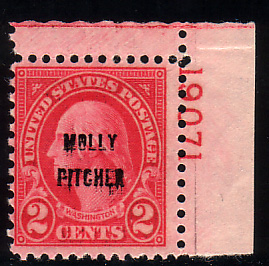 Scott
646, 2¢, plate number
19071, with a particularly runny overprint
Scott
646, 2¢, plate number
19071, with a particularly runny overprint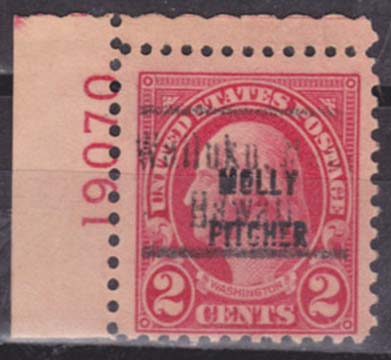 Scott
646 var, local precancel, plate number
19070
Scott
646 var, local precancel, plate number
19070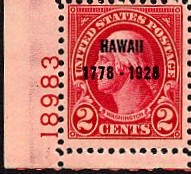 Scott
647, 2¢, plate number
18983
Scott
647, 2¢, plate number
18983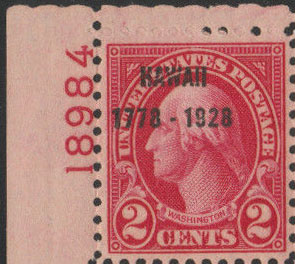 Scott
647 var, overprint high and to the left, plate number
18984
Scott
647 var, overprint high and to the left, plate number
18984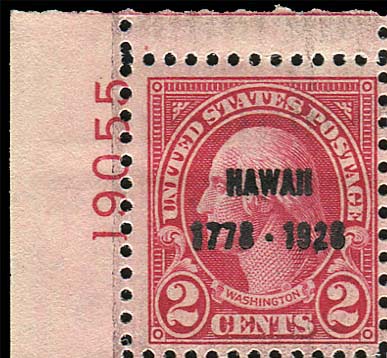 Scott
647 var, 2¢, dirty overprint mat, plate number
19055
Scott
647 var, 2¢, dirty overprint mat, plate number
19055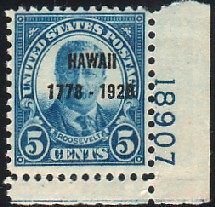 Scott
648, 5¢, plate number
18907
Scott
648, 5¢, plate number
18907 .
.
